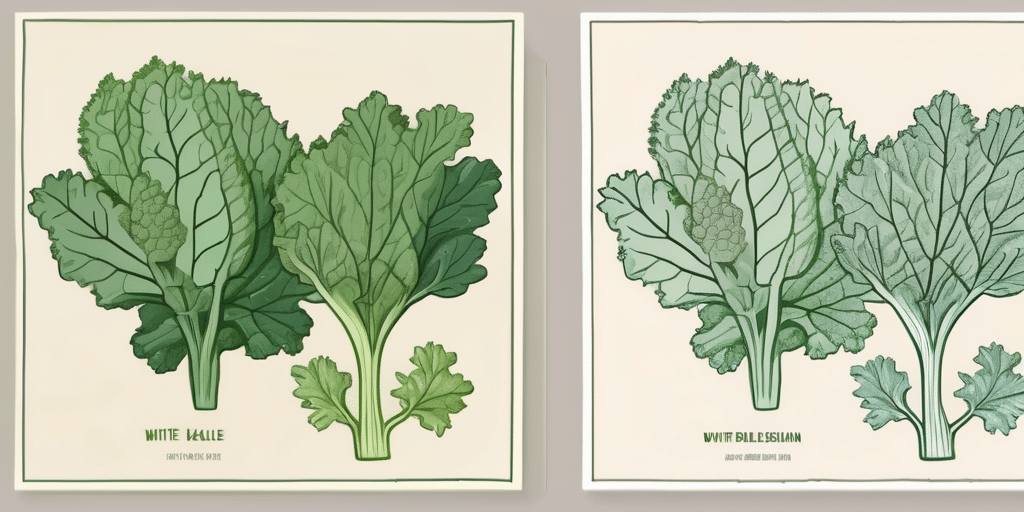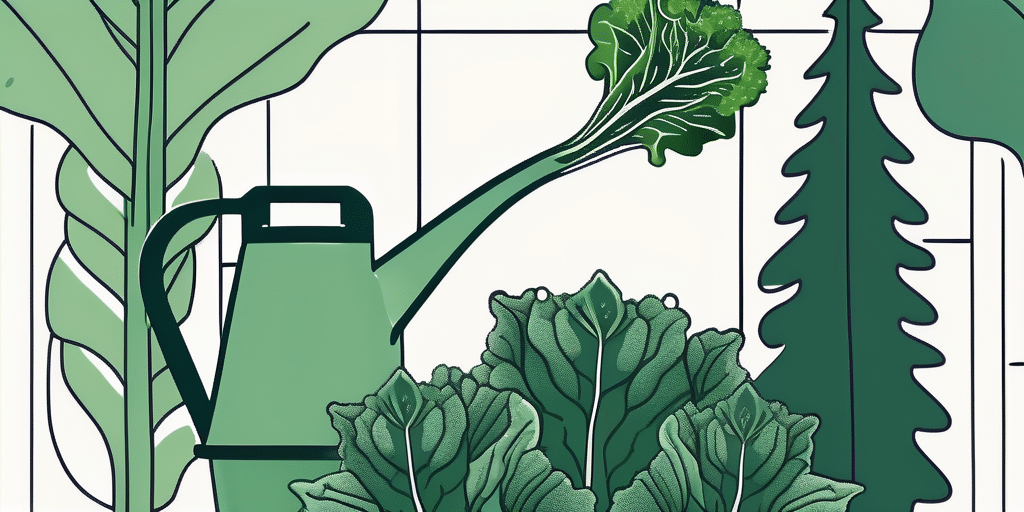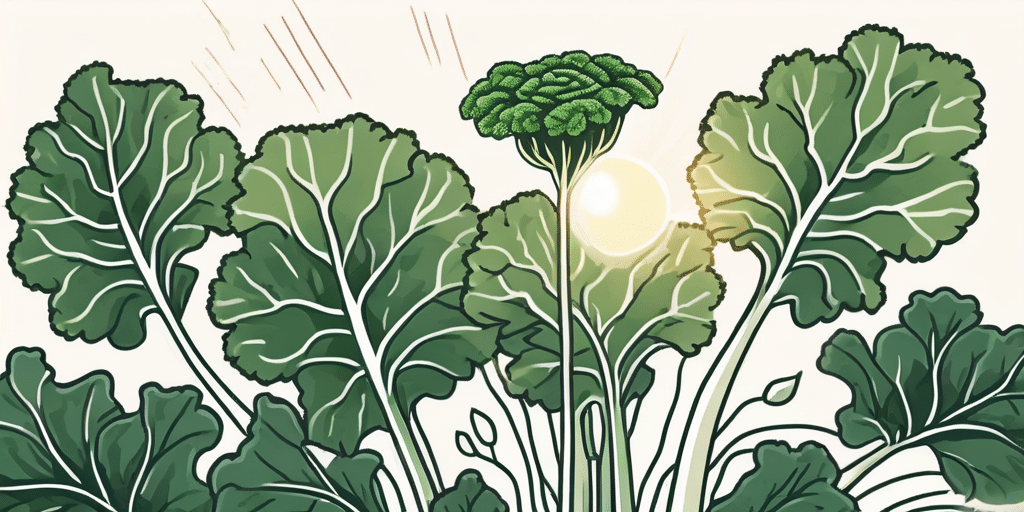Winterbor kale, a hardy and nutritious variety of kale, is a fantastic addition to any home garden. Not only does it provide a healthy and tasty ingredient for your meals, but it’s also a beautiful plant that can add a touch of green to your garden even in the colder months. In this guide, we’ll walk you through the process of growing Winterbor kale from seeds.
Understanding Winterbor Kale
Before we delve into the planting process, it’s important to understand what makes Winterbor kale unique. Winterbor kale, scientifically known as Brassica oleracea, is a type of kale that’s known for its resistance to cold weather. According to the USDA, it’s a biennial plant that can survive temperatures as low as -10 degrees Fahrenheit.
Winterbor kale has curly, dark green leaves that are high in vitamins A, C, and K, as well as a good source of calcium and iron. It’s a versatile vegetable that can be used in a variety of dishes, from salads to soups to stir-fries.
Getting Started with Planting
Now that we’ve covered the basics of Winterbor kale, let’s move on to the planting process. Growing Winterbor kale from seeds is a straightforward process that even beginner gardeners can handle.
Before you start, you’ll need a few things:
- Winterbor kale seeds
- A sunny spot in your garden
- Compost or organic fertilizer
- A watering can or hose
Step-by-Step Planting Guide
Once you have all your materials, follow these steps to plant your Winterbor kale seeds:
- Prepare the soil. Winterbor kale prefers well-drained, fertile soil. Add compost or organic fertilizer to enrich the soil.
- Sow the seeds. Plant the seeds 1/2 inch deep and 16-24 inches apart. If you’re planting multiple rows, make sure the rows are at least 2 feet apart.
- Water the seeds. Keep the soil consistently moist until the seeds germinate.
- Thin the seedlings. Once the seedlings are about 2 inches tall, thin them so that they’re 8-12 inches apart. This gives each plant enough space to grow.
- Continue to water the plants regularly. Winterbor kale likes consistent moisture, so make sure to water the plants regularly, especially during dry periods.
Caring for Your Winterbor Kale
Once your Winterbor kale plants are established, they require minimal care. However, there are a few things you should do to ensure your plants stay healthy and produce a good harvest.
Firstly, continue to water your plants regularly. While Winterbor kale is drought-tolerant, it will produce the best leaves when it receives consistent moisture. According to the USDA, kale plants need about 1 to 1.5 inches of water per week.
Secondly, feed your plants. While kale is not a heavy feeder, it will benefit from a mid-season feeding of compost or organic fertilizer.
Lastly, keep an eye out for pests. Winterbor kale is resistant to many common garden pests, but you may still encounter problems with aphids, cabbage worms, or slugs. If you notice any pests, use an organic pesticide or hand-pick them off the plants.
Harvesting and Storing Your Kale
One of the great things about Winterbor kale is that you can harvest the leaves as soon as they’re large enough to eat. Simply cut the outer leaves at the base of the plant, leaving the center leaves to continue growing. This “cut and come again” method allows you to harvest from the same plant multiple times throughout the season.
After harvesting, you can store your kale in the refrigerator for up to a week. For longer storage, you can blanch and freeze the leaves.
Conclusion
Growing Winterbor kale from seeds is a rewarding process that yields a nutritious and tasty crop. With its resistance to cold weather and minimal care requirements, it’s a great choice for any home gardener. So why not give it a try? You might just find that Winterbor kale becomes a staple in your garden and your kitchen.
Join Our Green-Thumbed Community!
Ready to transform your garden into a verdant paradise with Winterbor kale and more? Subscribe for free to How to Grow Everything and learn how to build the garden of your dreams! Receive personalized gardening advice tailored to your grow zone and experience level. Enjoy the best gardening tips, special offers, and deals delivered straight to your inbox—100% free, from our family to yours. No spam, just the growth you’re looking for. Become part of our community today and flourish alongside thousands of fellow garden enthusiasts!






